Legacy Post Disclaimer
This is a #Legacy post imported from The Apalachicola Time’s previous platform. If you’re experiencing issues with this article, please email us at news@nevespublishing.com.
Chasing Shadows: The work of the historical society
When you think about the Apalachicola Area Historical
Society, do you think Oh yeah, they run the Raney House Museum?
I was asked this question and decided it was time to talk to
the community about the historical society.
In January we began the third year of our monthly Spring
Speaker series, which runs from January to May. We had well-known Panhandle
historian Dale Cox in January, and in February, local historian James Hargrove,
who told us the whole crazy story of William Augustus Bowles. In March, the
society, in partnership with the Carrabelle History Museum, hosted a lecture on
Historic Florida Maps from the Cognetta Family Trust Collection.
Last month, we hosted Margo Stringfield from the University
of West Florida talking about historic cemetery preservation. For May, Kevin
Bair will talk about the great Frederic Tudor, of Boston, who brought to
Apalachicola the natural ice that John Gorrie used to cool his patients and
inspired famed doctors creation of manmade air-conditioning. Weve posted a
Bairs piece on the natural ice industry is posted on our webpage
aahs.wildapricot.org/ under Resources, or access it directly at
https://tinyurl.com/89xvtx72.
Saturday, May 1 was the Spring Ghost Walk, and following that,
a new event If This House Could Talk debuted beginning Sunday, May 2. This
imaginative two-week event showcases storyboards, in front of 32 homes or
businesses, that give historical or curious facts about their homes. Maps of
the locations will be available. Pam Richardson, vice-president-elect of the
society, is rolling out this event, and while it wont replace the Trinity
Church Tour of Homes, which unfortunately is not being held this year, it will
be a fun, and likely annual, event.
June is when the AAHS holds its annual meeting. Members and
those interested in what we do are welcome to come. Hopefully, we will be able
to gather more safely by then.
In September 2019, the annual Heritage Dinner was held, with
close to 100 people attending a sit-down feast in the Holy Family Senior
Center, where they heard from Prof. Jack Davis from the University of Florida.
His book The Gulf: The Making of an American sea won the Pulitzer Prize in
History in 2018. The event was a huge success, as it has always been, and
thanks to mostly volunteer chefs, all proceeds went to AAHS. The event was not
held in 2020 but plans for Sept. 18, 2021 are in the works., when the theme
will celebrate the 200th anniversary of Florida becoming a territory. Anyone
interested in helping with this event should contact the AAHS at 653-1700 or
write us at aahs.raney@gmail.com.
Coming on the heels of the dinner is the Fall Ghost Walk,
which this year will be on October 30. We held this event in 2020, and as some
of you may recall it was Halloween night with a full moon. This event is always
popular, and close to 300 people were guided through the Chestnut Street
Cemetery to hear the tales of departed Apalachicola residents. This event was
supported by a large crew of volunteers including actors portraying characters,
and guides and other staff making the whole thing move smoothly. Anyone
interested in helping should be in touch.
Our Holiday Cheer event likely will be back in December,
when many take advantage of purchasing wreaths, kissing balls, and other floral
arrangements made by the AAHS elves from locally collected greens. We thank
Random Catch on Water Street for facilitating sale of wreaths the 2020 holiday
season.
Events are not all the AAHS does. The society manages the
Chestnut Street cemetery, a truly precious historical resource, under an
agreement with the city. An active Cemetery Committee, led by our historian
Mark Curenton, worked to arrange last year for extensive work to renovate the
perimeter fence. Work on the fence posts in underway, gravestones are being
cleaned, and trees have been planted, but much remains to be done. Monuments
with hurricane damage have been documented, and grant funds are being sought to
pay qualified restoration specialists.
In 2016, an extensive Historic Preservation Plan was
undertaken by Jim Miller, who produced a 400-page page report, the first 16 of
which are available on the AAHS website. Anyone wishing to make a donation to
support this cemetery work, one of the major efforts of the society.
John Solomon, director of the Tourist Development Council
and a member of the Cemetery Committee, would like us to make available guides
for paid cemetery tours each week. This project is still in the planning
stages. There is also a self-guiding brochure funded by Visit Florida,
available at locations around town and in a box at the cemetery entrance.
Fires at both the courthouse, in 1874, and on the riverfront
at the turn of the last century, destroyed much documentation, but Curenton,
and Richardson are available to help research people and places in our long
history. Judy Allen, a newly appointed adjunct historian, will soon join this
crew. Heritage tourism is growing in prominence in this town which dates back
to well before its incorporation in 1831.
Apalachicola Times editor David Adlerstein, a member of the
societys board member, has encouraged local historians to submit articles to
the Timess Chasing Shadows series. This wonderfully informative series
offers fascinating glimpses into our unique history. We thank the new ownership
of the paper for supporting this series. Links to these articles can be found
on the societys webpage apalachicolahistoricalsociety.org, or our Facebook
page at Apalachicola Area Historical Society.
The April edition of the new newsletter, which started in
January, will be coming to email boxes very soon.
Back to the Raney House Museum, the overall care and
maintenance of a large three-story home built in the 1830s is a daunting task.
The house has been owned by the city since the 1970s, and over time, grant
funds have been secured for needed maintenance. This almost happened in 2020,
but funds for work on the exterior from the states Division of Historical
Resources disappeared when the governor line-item vetoed those grants. More
recently, we sought funds through a one-time National Park Service Hurricane
Michael grant program, but because the house did not sustain damage from the
hurricane, we were unsuccessful in receiving these monies. We again plan to
apply for state funds on the next funding cycle. Most-needed repairs include
window glazing and stabilization; column restoration; work on the underpinnings
of the dining room floor and a new paint job.
In the meantime, the interior of the Raney House Museum is
expanding its décor and presentations. Notably, an 1840s Square Grand Piano
was donated by Tallahassee resident Bill Gladwin and is now in the front
parlor. Gladwin also donated a lovely Empire bureau. New portraits and maps
have been installed, and a daguerreotype of John Jenkins, a prominent steamboat
captain of the 1830s, was purchased for display in the house. An antique
oriental rug now graces the parlor floor.
A flat screen TV has been purchased for the front hall,
which will allow visitors unable to climb the steep stairs to get a tour of the
second floor. Coming soon, there will be displays of vintage childrens
clothing alongside the child-size furniture made by one of the Marshall
brothers, known for housebuilding in Apalachicola. Martha Helen, the doll who
rests on the bedstead, has been joined by her sister, Grace, just this week.
The bottom line is, if you havent been to the Raney House
Museum lately, find the time to visit. The hours are 10 a.m. to 4 p.m. Tuesday
through Saturday, and a docent is available to take you around the house and
tell you about the Raney family and the broader history of the town. The tours
are by donation only, with the society board weighing the need for a standard
fee as has been instituted at the state-owned Orman House.
Coming in 2021, we hope will be the opening of an additional
exhibit space in the Carriage House building next to the Raney. The board has
approved the use of this building for the installation of archaeological
treasures excavated by Lou Hill and his friends along the Apalachicola
riverfront. COVID restrictions have slowed down the process of installing this
new exhibit, but we look forward to this new museum under our umbrella.
People interested in becoming members of the AAHS can join
as members or donors online, or send checks to P. O. Box 75, Apalachicola, FL
32329. Annual individual membership is $15, and family memberships $25,
covering June to June renewal. Other sustaining and corporate memberships are
also available. We very much need a volunteer to help with bolstering our
membership and corporate sponsorship efforts. If you have computer skills,
fundraising know-how, or just time to get involved, please be in touch.
Thank you for supporting your local Historical Society to
Preserve Out Past as our coffee mugs say. Purchases of mugs and Apalachicola
Before 1861 by Harry P. Owens, which was published in cooperation with the
AAHS, provide needed funds for our ongoing preservation efforts.
Caty Greene, president of the Apalachicola
Area Historical Society, can be reached at catygreene32320@gmail.com


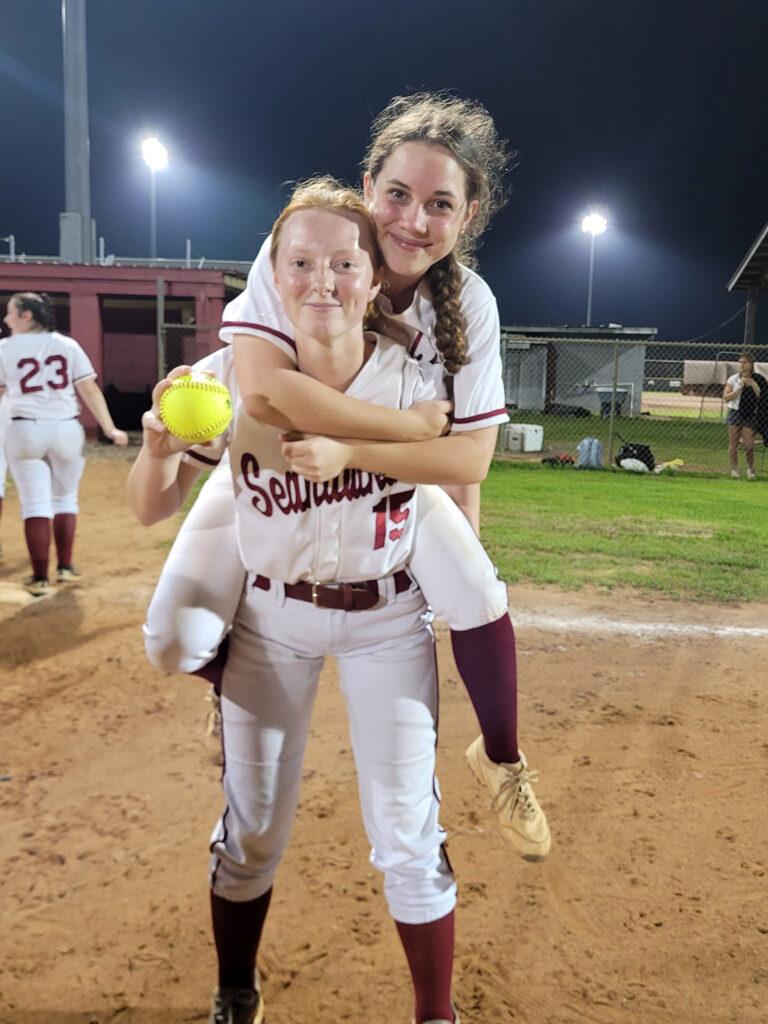
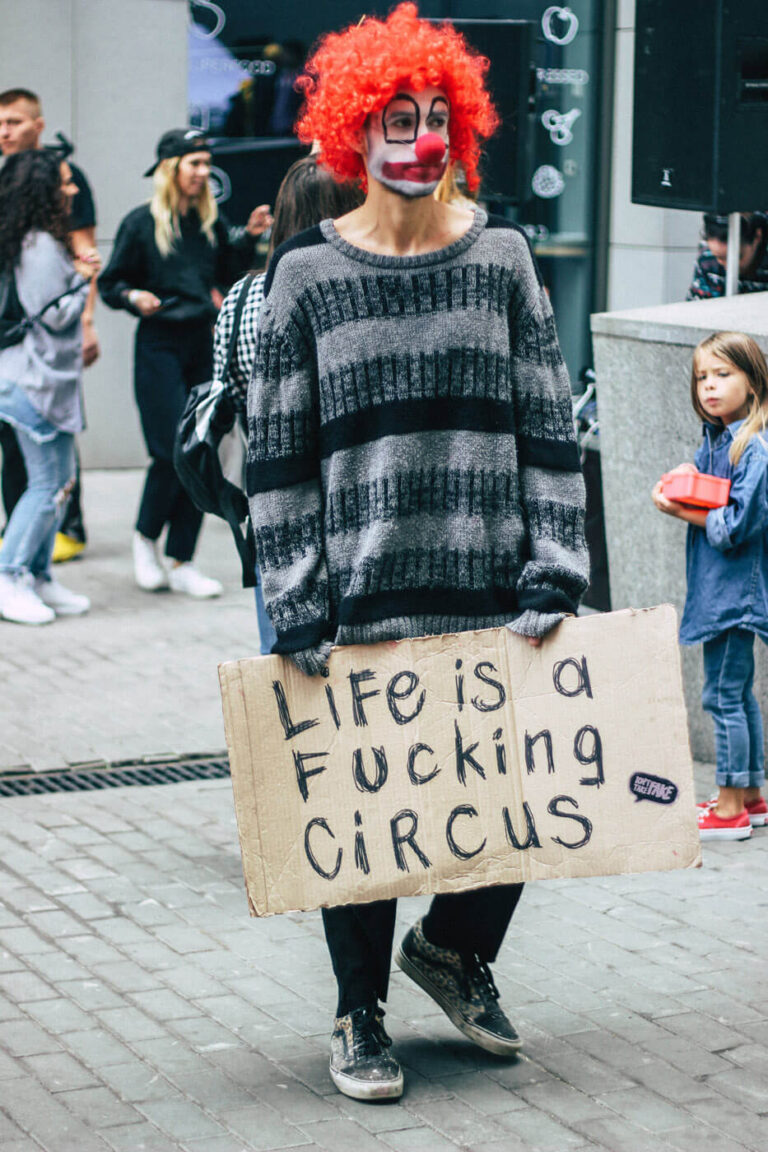
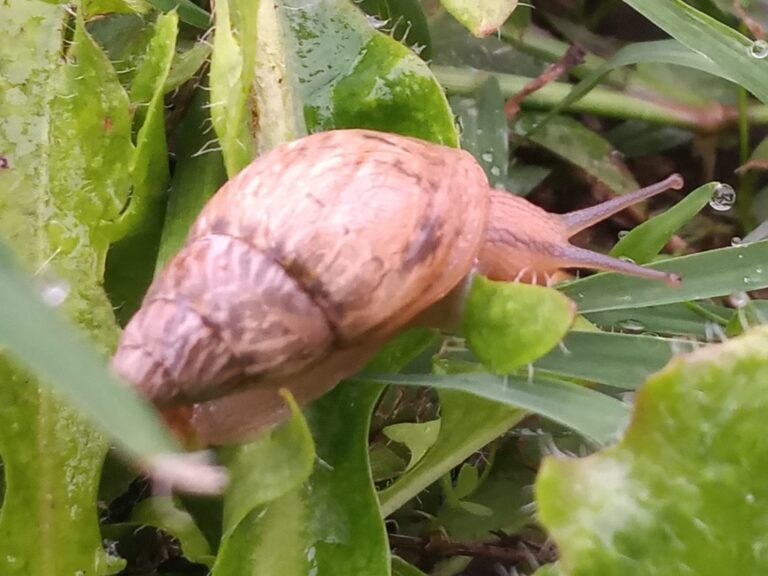
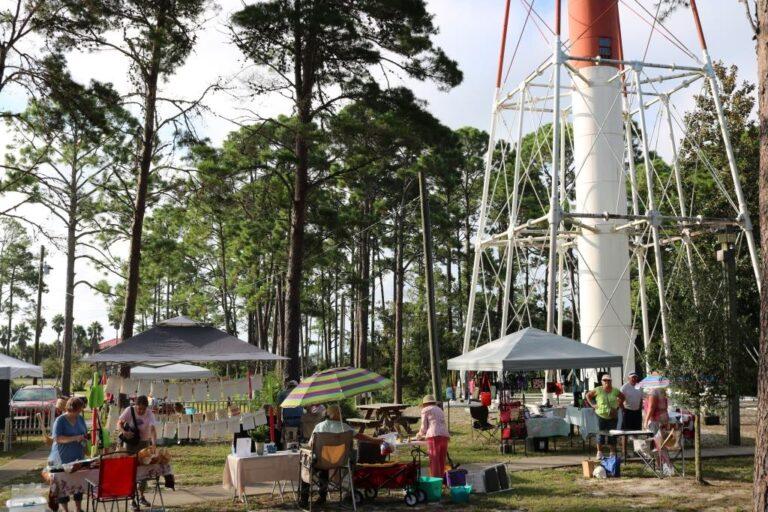
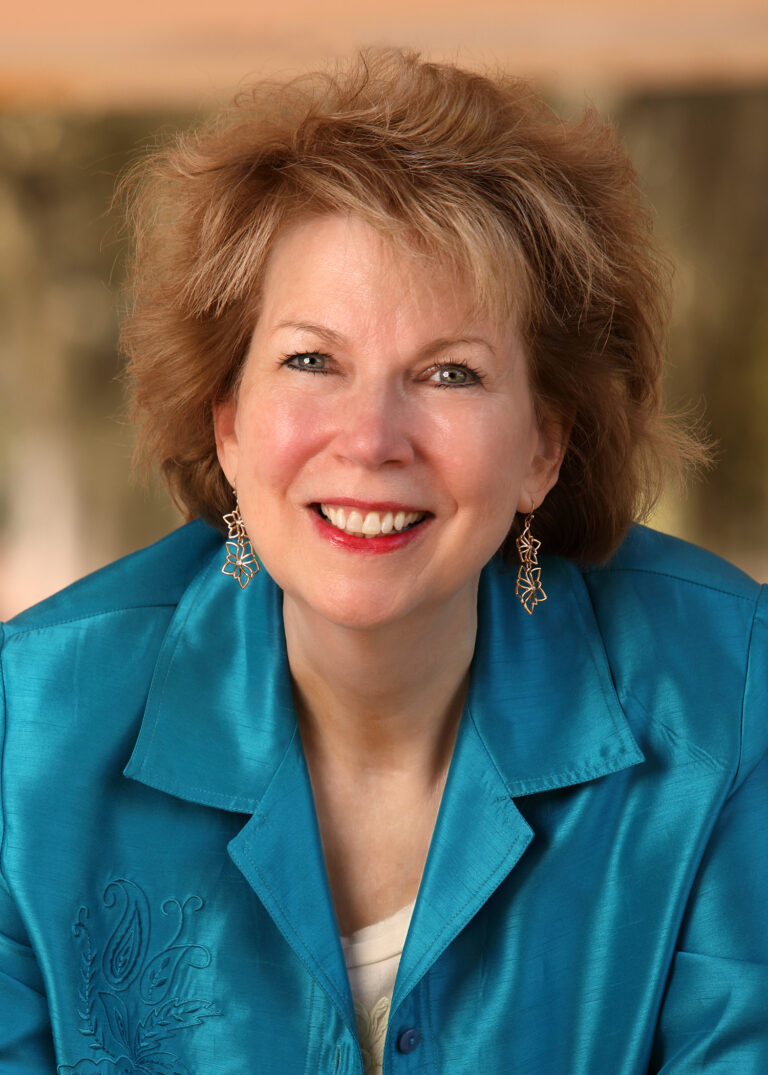
Meet the Editor
David Adlerstein, The Apalachicola Times’ digital editor, started with the news outlet in January 2002 as a reporter.
Prior to then, David Adlerstein began as a newspaperman with a small Boston weekly, after graduating magna cum laude from Brandeis University in Waltham, Massachusetts. He later edited the weekly Bellville Times, and as business reporter for the daily Marion Star, both not far from his hometown of Columbus, Ohio.
In 1995, he moved to South Florida, and worked as a business reporter and editor of Medical Business newspaper. In Jan. 2002, he began with the Apalachicola Times, first as reporter and later as editor, and in Oct. 2020, also began editing the Port St. Joe Star.